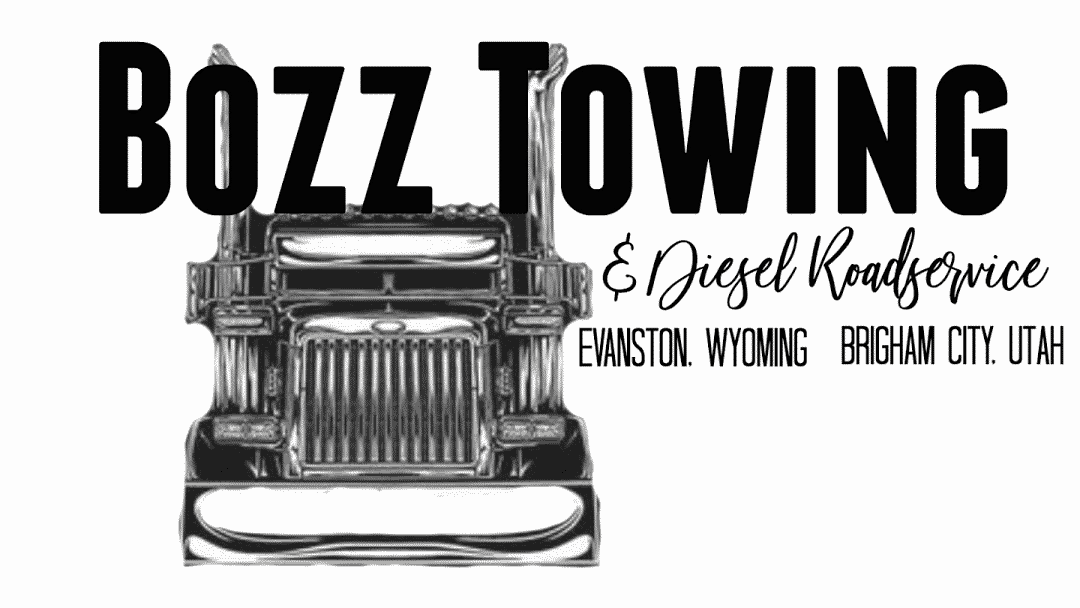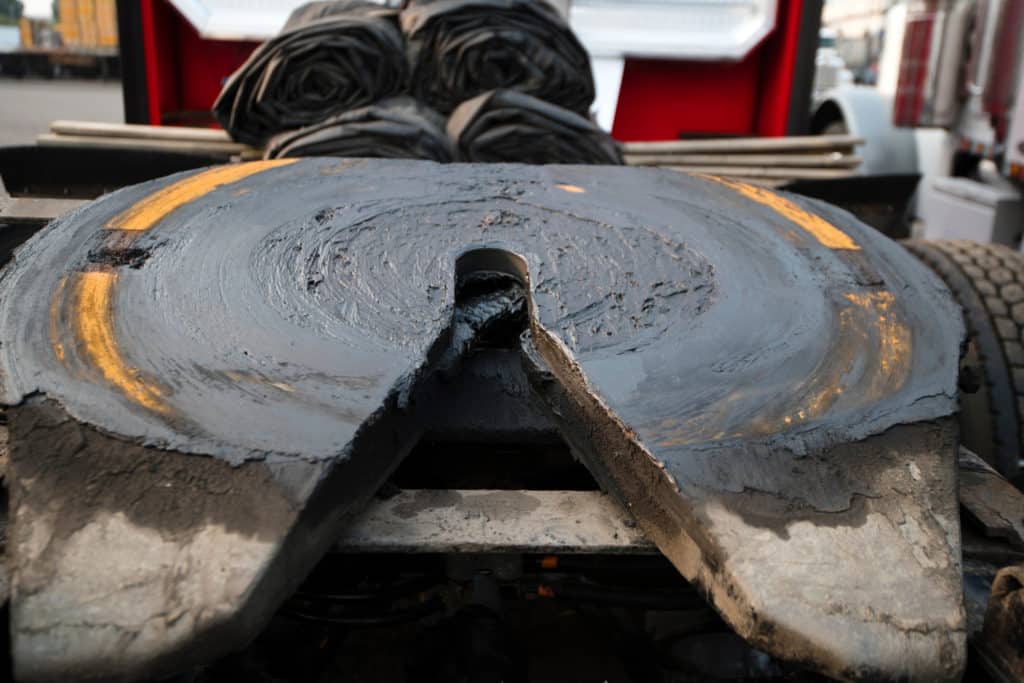If you’re a truck driver, you know the importance of keeping your semi truck in good shape. A critical part of truck maintenance is regularly greasing your semi truck. But do you know how often you should grease your truck? Depending on how often you drive, there’s a different answer for everyone. This article will discuss how often you should grease your truck and what you should know about doing it correctly.
Semi Truck Greasing Basic Info
We all know how important it is to keep our trucks in good shape. After all, our trucks are what keep us moving! One important part of truck maintenance is regularly greasing your semi truck. Greasing your truck helps keep all the moving parts lubricated and functioning properly. It’s essential to use the right kind of grease for your truck and apply it correctly. Depending on how often you drive, you may need to grease your truck more or less often.
Truck greasing is crucial because it helps to:
- Prevent rust and corrosion: By keeping the moving parts of your truck lubricated, you can prevent rust and corrosion from building up.
- Reduce wear and tear: By reducing friction between moving parts, greasing can help to reduce wear and tear on your truck.
- Reduce maintenance costs: In the long run, regularly greasing your truck can help to reduce maintenance costs by keeping your truck in good shape.
- Improve fuel efficiency: When your truck’s parts are adequately lubricated, they can work more efficiently. This can help to improve your fuel efficiency by reducing friction and improving engine performance.
- Keep moving parts lubricated: By keeping the moving parts of your truck lubricated, you can prevent them from seizing up.
As you can see, there are many good reasons to make sure you grease your truck on a regular basis. By greasing your truck regularly, you can help to extend its lifespan and keep it running smoothly.
But how often should you do it?
How Often Should I Grease My Semi Truck?
So how often should you grease your truck? The answer may surprise you. Depending on how often you drive, you may need to grease your truck more or less often. So, let’s take a closer look.
Semi Truck Grease Intervals
The interval between greasing your truck will depend on how often you drive. If you’re a long-haul trucker who drives for hours every day, you’ll need to grease your truck more often than someone who only uses their truck for short local trips.
As a general rule of thumb, you should grease your truck every 12,000 miles (about 19312.13 km) or so. However, this may vary depending on how you use your truck and what kind of grease you’re using.
If you’re not sure how often to grease your truck, it’s always better to err on the side of caution and grease it more often rather than less.
Truck Grease Points
Now that you know how often to grease your truck, it’s important to know where to apply the grease. There are several different grease points on a semi truck, and it’s important to lubricate all of them.
Some of the most critical grease points on a semi truck include:
- The fifth wheel: This is the plate that couples your truck to the trailer. The fifth wheel needs to be greased regularly to prevent binding or seizing up.
- The steering linkage: The steering linkage connects the steering wheel to the front wheels of your truck. It’s important to keep the steering linkage lubricated to ensure smooth steering.
- The suspension: The suspension helps to cushion your truck as you drive. It’s important to keep the suspension lubricated to prevent wear and tear.
- The brakes: The brakes are one of the most important parts of your truck. It’s vital to regularly grease the brakes to ensure they’re in good working order.
- Kingpins: The kingpins are the metal pins that connect the front wheels of your truck to the frame. It’s essential to keep the kingpins lubricated to prevent binding or seizing.
- Drag link: The drag link connects the steering wheel to the front wheels of your truck. It’s important to keep the drag link lubricated to ensure smooth steering.
- Spring pins: The spring pins are the metal pins that connect the springs to the frame of your truck. It’s important to keep the spring pins lubricated to prevent them from causing wear and tear.
- Slack adjuster: The slack adjuster is a lever that adjusts the tension on the brakes. Keeping the slack adjuster lubricated is essential to ensure the brakes are working correctly.
- S-cam tube: The S-cam tube is a tube that carries brake fluid from the master cylinder to the brakes. It’s important to keep the S-cam tube lubricated to prevent leaks.
- Shackles: The shackles are the metal links that connect the springs to the frame of your truck. It’s important to keep the shackles lubricated to prevent heavy wear.
By regularly greasing these critical components of your rig, you’ll find that your overall ride is much smoother, your truck lasts longer, and fewer repairs become necessary.
The Best Grease for Semi Trucks
When you’re greasing your truck, it’s crucial to use the best grease for the job. There are many different types of grease, and each has its advantages and disadvantages.
When choosing a grease to use on your truck, consider the following factors:
- Temperature range: You’ll want to choose a grease that can withstand the extreme temperatures that your truck will be exposed to, both hot and cold.
- Water resistance: You’ll want to choose water-resistant grease as this can help prevent rust and corrosion.
- Longevity: You’ll want to choose a grease that will last long enough to get the job done without needing to be replaced too often.
However, there is more to choosing a grease than just these three factors. It’s also important to consider the specific needs of your truck.
For example, if you have a high-mileage truck, you might want to choose a grease designed for high-mileage vehicles. Or, if you have a truck exposed to a lot of dirt and grime, you might want to choose a grease designed for off-road use.
Grease Types
Because no big rig is the same, there are various types of grease available, including:
- Multi-purpose grease: This type of grease can be used on various components, making it a good choice for those who don’t want to keep track of multiple types of grease. Typically, these are made with lithium or a lithium complex. This type of grease is ideal for light-duty servicing or applications where equipment is serviced regularly.
- High temperature grease: This type of grease can withstand high temperatures, making it a good choice for use on brakes or other components that get hot. These are generally made with calcium sulfonate, aluminum, or inorganic thickeners like clay. These are desirable where above-normal operating and/or ambient temperatures are a concern.
- Electric motor grease: This type of grease is designed for use on electric motors and is made with a variety of different thickeners, including lithium, calcium, or aluminum. These greases typically have a lower melting point to prevent damage to the motor.
- Moly-fortified grease: This type of grease is made with molybdenum disulfide, which helps to reduce friction and wear. These are designed to give a sacrificial boundary layer of protection on metal and, while they’re thought to be an excellent anti-wear agent for pins and bushings.
NLGI Grease Grades
In addition to the various types of grease, there is also a range of NLGI grease grades. These grades indicate the consistency of the grease, with lower numbers indicating a thinner consistency and higher numbers indicating a thicker consistency. The NLGI grade is determined by measuring the penetration of a greased sample at 77 degrees Fahrenheit.
Most rigs will use a grease with an NLGI grade of 2, a mid-grade consistency. This type of grease is thick enough to provide good protection but not so thick that it will make it difficult to apply.
There are also NLGI grades of 0 and 00, which are thinner consistencies, and 1 and 3, which are thicker consistencies. These types of grease are typically used in special applications, such as high-speed bearings or low-temperature applications.
As you can see, choosing a grease for your semi truck is more complicated than just picking up the first can you see on the shelf. However, by selecting the proper grease for your truck, you can be sure that you’re doing everything to keep your truck in top condition.
How to Grease a Semi Truck
Once you’ve chosen the right type of grease for your truck, it’s important to apply it correctly. Depending on the type of grease you’re using, there may be different application methods. However, in general, you’ll want to follow these steps:
- Park your truck on level ground and set the parking brake.
- Locate the grease fitting on the component you’re lubricating. Consult your owner’s manual if you’re not sure where the grease fitting is.
- Clean any dirt or debris from around the grease fitting with a rag.
- Attach the grease gun to the grease fitting.
- Pump the trigger of the grease gun until grease starts coming out of the fitting.
- Wipe away any excess grease with a rag.
- Repeat steps 2-6 for each component you’re lubricating.
It’s important to remember that you don’t need to use a lot of grease when lubricating a component. Using too much grease can actually be harmful, as it can cause excessive wear or even damage the component.
Generally, you should apply grease until you see it coming out of the seals or bearing surfaces. Once you see grease coming out, stop applying and wipe away any excess.
Keep Your Semi Truck in Top Condition
Here at our shop, we want to make sure your truck is in top condition so you can keep hauling those heavy loads down the road. By following the tips in this article and adding greasing into your regular maintenance, you can be sure you’re doing everything you can to keep your truck running smoothly.
Likewise, we offer various services, such as preventative maintenance and diesel repair in Wyoming and Utah. So, if you’re ever in need of a tune-up or repair, be sure to give us a call. We’ll be happy to help get your truck back on the road!
Related Articles:

